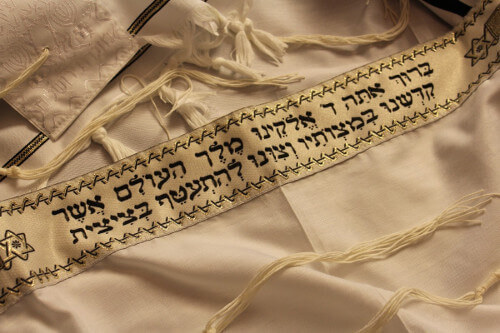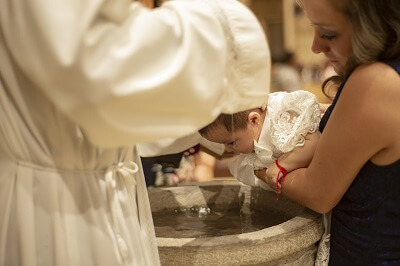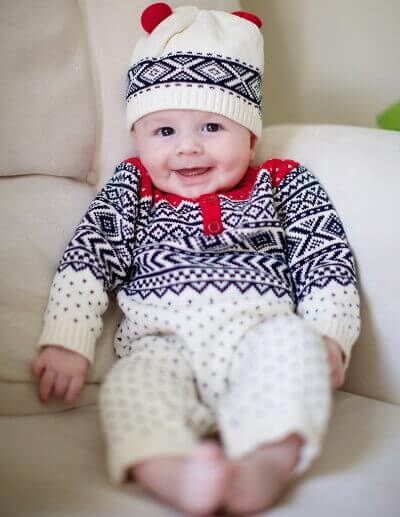You have no idea how to dress for skiing? Skiing is one of the most popular winter sports in Europe and all over the world, and every year you can see hundreds of skiers on various slopes. However, one important aspect of skiing is winter or ski clothing. It is often the case that novice skiers underestimate the conditions they face while skiing, and they often pay dearly for it. Clothing designed for skiing has completely different qualities than classic winter clothing. In the following lines, we will suggest what to wear for skiing in order to experience it without any major damage.
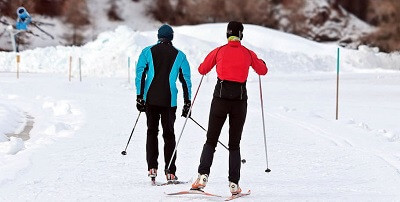
Table of Contents:
How and what to wear for skiing?
Ski clothing has its own category and conditions which must be met. First, it is about maintaining proper body temperature during extreme frost or strong winds or wet snow. But it’s also about protection and resistance to natural conditions.

Ski clothing should meet several standards, such as temperature maintenance, breathability of clothing, resistance to falls and strokes, wind and snow resistance, etc. Therefore, choosing the right ski clothing is not easy.
If you are a beginner in ski wear, think of it as of layers.
The second layer is something of a bridge between the inner layer and the outer layer, which itself should provide warmth and protection from the weather.
Layered clothing for skiing
The outer layer should be the most durable, as it will be subjected to the greatest requirements. It must protect against the cold from outside, while preventing the flight of the heat from the body. It must also be resistant to strong and cold winds. The clothing should be waterproof so that moisture from the outside environment does not seep underneath. It is the thickest layer of clothing.
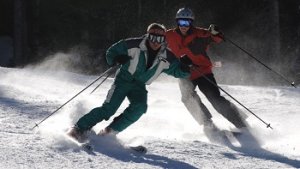 At the same time, in addition to these features, it is important how the layers will lie on the wearer.
At the same time, in addition to these features, it is important how the layers will lie on the wearer.
Under no circumstances should you choose loose clothing, as it will be very difficult to wear, will not be able to insulate from the air outside, and let’s not forget how plump you will look in it.
The first two inner layers should be very snug, that is, they should literally “wrap” around the body.
When trying on ski clothing, make sure it fits perfectly and is neither too big nor too small. There are no compromises when it comes to clothing designed for skiing.
The same applies to the last, outer layer, which, which is concededly not as snug, but it must by no means be loose. In the following lines, we will take a closer look at layers and what you should and should not wear when skiing.
Basic layer of clothing for skiing
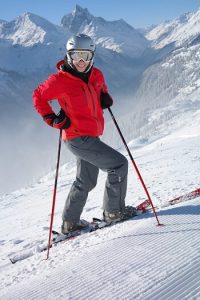 First of all, choose ski clothing that is resistant to moisture from both the body and the outside environment.
First of all, choose ski clothing that is resistant to moisture from both the body and the outside environment.
For the first layer, choose a thin thermal T-shirt that fits snugly on the body (this can be a problem in some cases, as it is not easy to find a suitable thermal T-shirt that fits perfectly on the body, but it should be the basis).
Try to choose thermal shirts made of synthetic materials such as polypropylene, or shirts made of wool.
That being said, wool has excellent thermal properties, as it can keep you warm (or maintain 80% of the temperature) even when wet.
Avoid materials such as cotton, since cotton loses significant heating value when wet or damp. When trying on a T-shirt, make sure it fits snugly and doesn’t slide down the body.
The same rule applies to thermal pants in the first layer: they should fit very well, and the best material is synthetic fabric, which is resistant to moisture and can keep human heat.
Middle layer of clothing for skiing
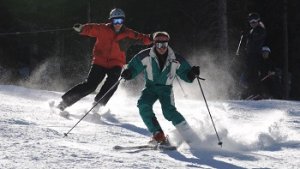 A sweater made of wool is suitable for the middle layer. Don’t forget the zipper that should be in the sweater, as it will make it easier to undress after skiing.
A sweater made of wool is suitable for the middle layer. Don’t forget the zipper that should be in the sweater, as it will make it easier to undress after skiing.
You should also look for blouses or sweaters with so-called sweat holes, which allow better breathability and allow channelling of sweat and moisture.
On top of a sweater, it’s sometimes a good idea to wear a thin jacket or other outerwear that has a zipper, but is primarily designed to withstand the weather conditions that may prevail during a ski outing. Such an intermediate layer can protect you from wind exposure when there is a risk of serious cold due to body perspiration and the contrasting cold from outside.
It’s also a good idea to wear mid-thickness socks if necessary. If you are only beginning to dress for skiing, when buying winter clothing, consult a salesman. While this isn’t the most efficient way to choose ski clothing (since the salesman in the store may be guided only by profit and not the customer’s satisfaction or health), you may have no other choice.
Pants in the middle layer should be relatively snug so that you will have no problem putting on a top layer of ski clothing afterwards.
Top layer of clothing for skiing
After putting on the first and second layers of clothing, you can put on a ski jacket. Try to choose a jacket that will give you enough room for wearing some thermal underwear, but at the same time it should not be too baggy or loose.
Of course, the priority should be the waterproofness and insulation of the ski jacket. Under no circumstances should you wear a sweatshirt or a simple sweater as a top layer.

Ski jackets use special materials, insulation and elements that provide warmth and prevent snow and moisture from entering from the outside.
At the same time, such a jacket should “breathe” and maintain body temperature inside (it should not allow leaking).
Of course, its physical durability should also be taken into account, as it must be able to withstand some damage, in order not to be damaged and torn at the first fall.
For ski pants apply the same rules as for a ski jacket: temperature maintenance, insulation, waterproofing and general resistance to bumps, scratches and falls should be a matter of course.
Typically, ski pants should have an inner lining that makes it easier to put on ski boots, so that snow and water do not get in. At the same time, such pants should fit snugly and not bulge.
Ski socks
Don’t forget your ski socks. Never wear several layers of socks on top of each other, as this will only make your feet sweat more and make it harder to put on your ski boots.
Ski socks should be thin, but they should keep your feet warm.
Ski boots
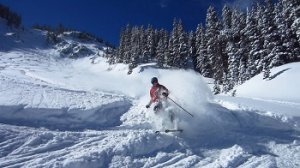 If you’re going to rent ski boots, it’s better to choose thinner ski socks to give your foot better comfort. Also, make sure the socks have a shin protection liner or a lift. This is to ensure that your shins are protected when you push your ski boots with them.
If you’re going to rent ski boots, it’s better to choose thinner ski socks to give your foot better comfort. Also, make sure the socks have a shin protection liner or a lift. This is to ensure that your shins are protected when you push your ski boots with them.
Ski boots are a chapter in themselves, as there are countless factors involved. However, the basic principles should obviously be size, comfort and durability. Ski boots should have a certain amount of flexibility.
If you ski only recreationally, rather try to avoid hard and stiff ski boots that are designed for racing.
Skiing accessories
Ski goggles
The right ski goggles are essential for every skier. Choose ski goggles that will protect you from the snow, but at the same time will not brittle and that will allow you to see the slope clearly.
That’s why it’s worth investing a bit more in goggles, as it can pay off very soon while skiing.
Ski helmet
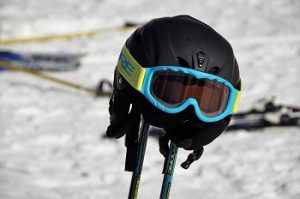 Always use a ski helmet! Do not wear an ordinary ski cap, as it puts your health at risk in case of a fall.
Always use a ski helmet! Do not wear an ordinary ski cap, as it puts your health at risk in case of a fall.
A ski helmet should come from a certified and proven dealer or brand, and should perfectly protect you in case of an accident.
As with goggles, it’s worth investing slightly more in a helmet because your life and health are at stake.
Some high-end manufacturers also offer ski helmets with a built-in audio system, which you simply pair with your smartphone and you can listen to music while skiing.
Ski gloves
There is probably not even a need to say much about gloves, as they should be among the basic ski equipment.
First of all, gloves must be made of good and durable material, since these are the main points of impact in case of a fall (when you fall, you automatically put your hands in front of you or try to cushion the fall). Therefore, try to choose gloves that both provide warmth and do not wear out quickly. They should also be relatively easy to put on, and must hold on your hands so that snow does not get under them.
Some tips on how to dress for skiing
Although many novice skiers don’t think about it, it’s a good idea to bring a sunscreen with you.
If you plan to be on the slopes during the day in direct sunlight, you can very easily get sunburned. Choose a sunscreen of slightly better quality, as the sun is a bit more aggressive at higher altitudes (at least a 15 or higher).
Whether you ski recreationally or want to ski professionally, you need to remember that skiing is a culture on its own. Everything you invest in your skis or what you wear while skiing will affect your skiing experience.
That’s why it’s important to invest in high-quality equipment and clothing when doing such activities, because by using cheaper solutions, you risk not only poor durability of your clothing, but also your health.

